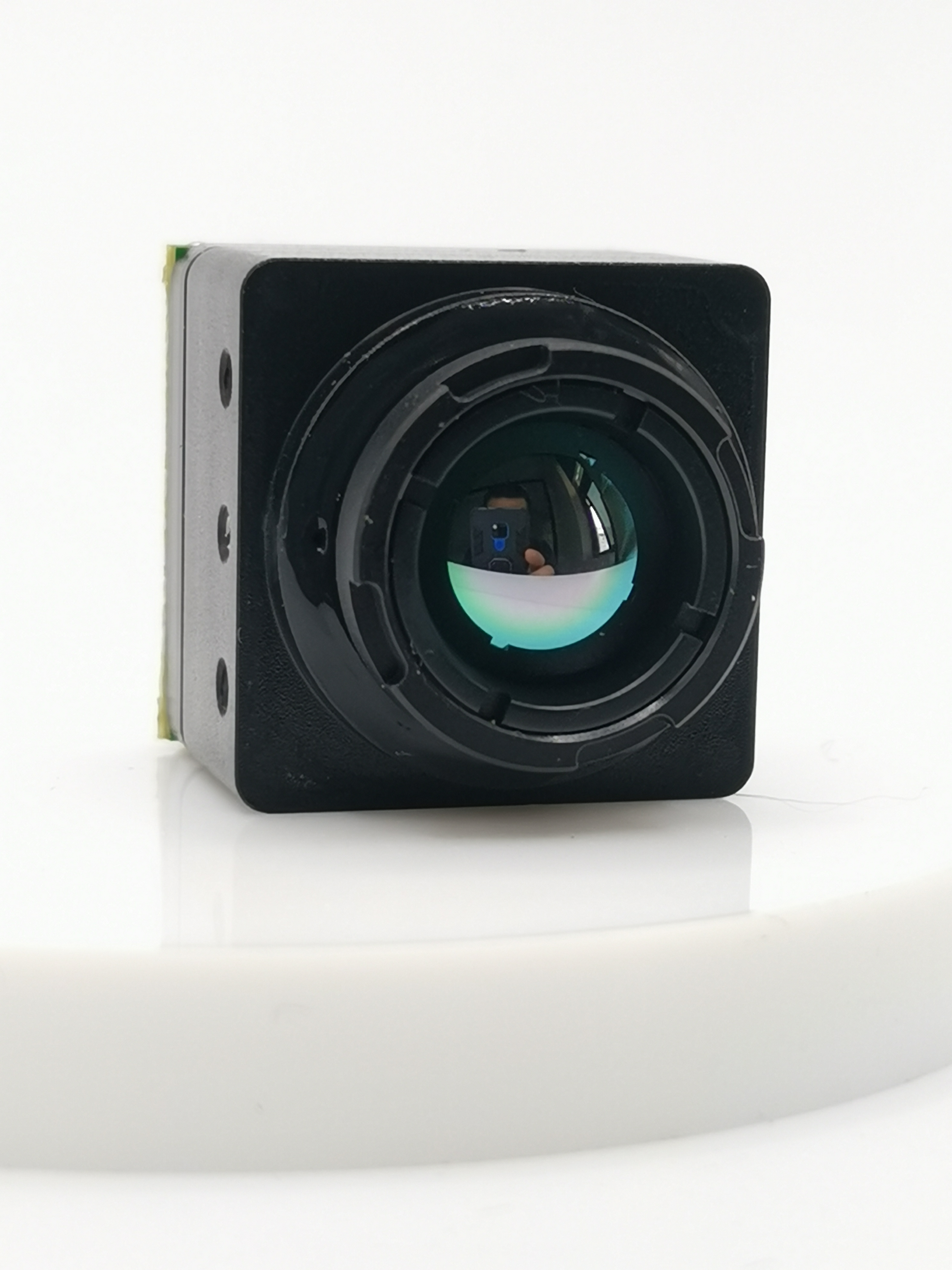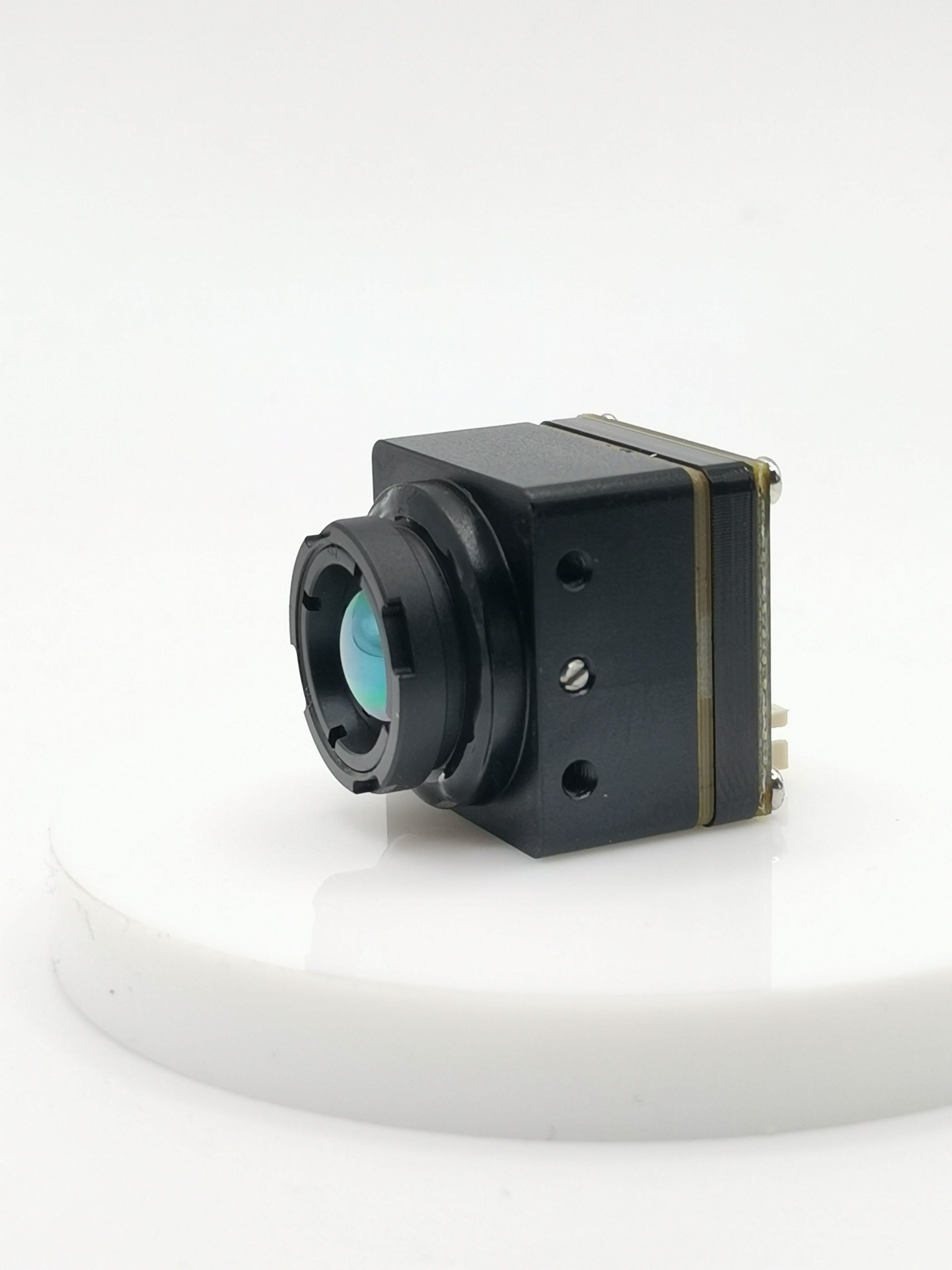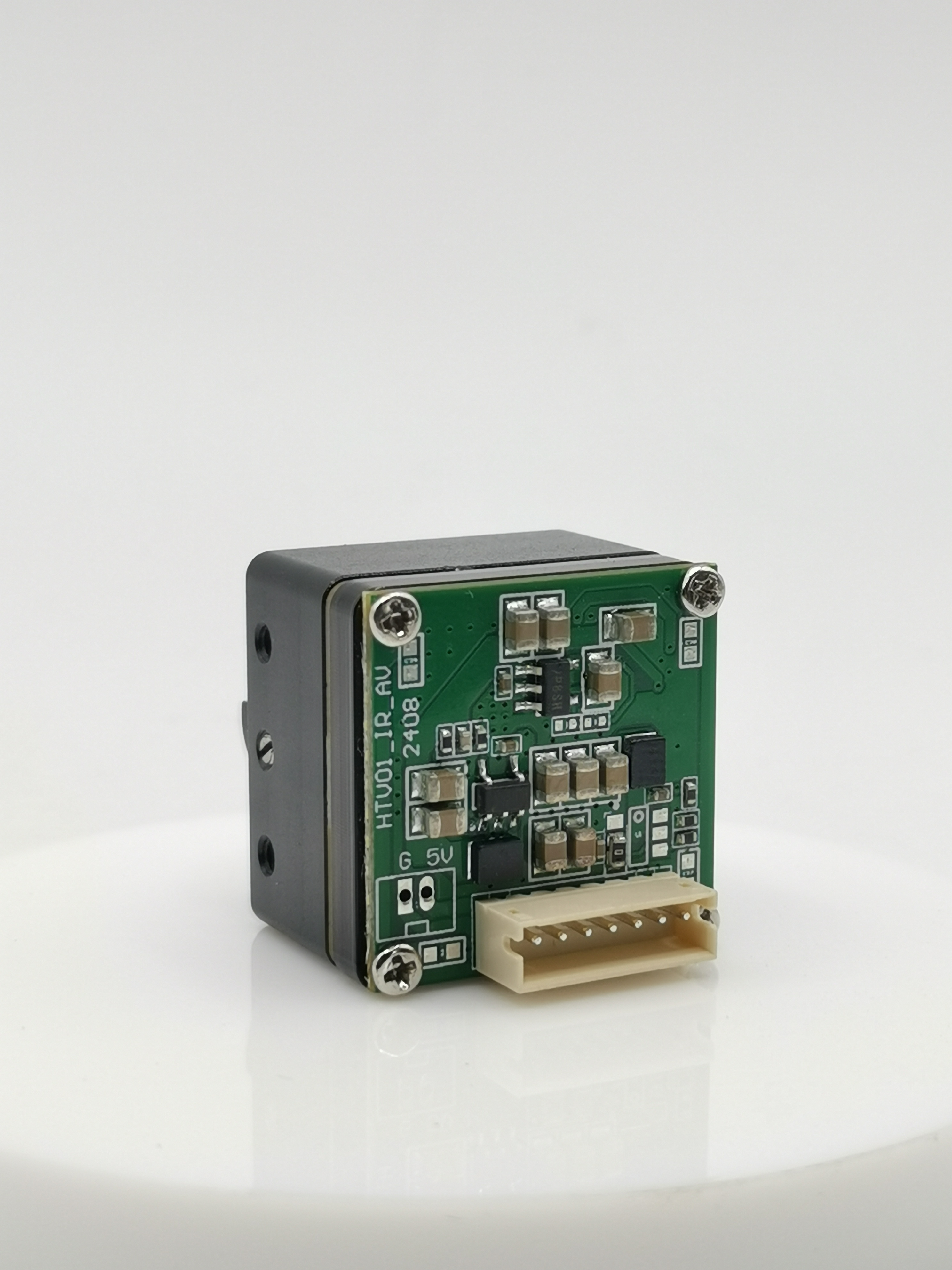What Are the Uses of Thermal Cameras on Drones?

Equipped with advanced thermal cameras, drones have revolutionized various industries, offering unparalleled capabilities and efficiency. The integration of thermal camera uses on drones has significantly enhanced data collection and accessibility in fields such as security, firefighting, and industrial inspections. This blog explores the pivotal role of thermal cameras on drones across different sectors, showcasing their diverse applications and benefits. Additionally, the use of a thermal imaging camera hunting has provided hunters with a significant advantage in spotting game, even in low visibility conditions.
Firefighting

In the realm of firefighting, thermal cameras on drones play a pivotal role in enhancing operational effectiveness and safety. By utilizing advanced thermal imaging technology, firefighters can detect hotspots with precision and map out the fire perimeter swiftly. This capability not only aids in strategizing firefighting operations but also contributes to minimizing risks and preventing potential rekindling incidents.
Enhancing Visibility
Smoke and Darkness
When engulfed in thick smoke or darkness, thermal cameras on drones become indispensable tools for firefighters. These cameras can penetrate through smoke-filled environments, providing clear visibility of the surroundings. By detecting heat signatures emitted by objects or individuals, firefighters can navigate through challenging conditions with enhanced situational awareness.
Locating Hotspots
One of the primary functions of thermal cameras on drones during firefighting missions is pinpointing hotspots accurately. These cameras excel at identifying areas of intense heat, allowing firefighters to focus their efforts on specific locations that require immediate attention. By swiftly locating hotspots, firefighters can effectively contain the fire and prevent its escalation.
Safety and Efficiency
Reducing Risks
By incorporating thermal cameras on drones into firefighting practices, teams can significantly reduce inherent risks associated with traditional firefighting methods. The ability to detect hotspots remotely minimizes the need for close proximity to potentially hazardous areas, ensuring the safety of firefighters during operations.
Improving Response Time
The integration of thermal cameras on drones leads to a substantial improvement in response time during firefighting emergencies. With real-time thermal imaging data at their disposal, firefighters can quickly assess the situation, formulate effective strategies, and execute timely interventions. This swift response is crucial in containing fires promptly and mitigating potential damages.
Industrial Inspections
In the realm of industrial inspections, the integration of thermal cameras on drones has become imperative for ensuring operational efficiency and safety. These advanced tools play a crucial role in monitoring equipment across various sectors, including electrical and mechanical systems.
Monitoring Equipment
Electrical Systems
Thermal cameras on drones offer unparalleled capabilities in inspecting electrical systems within industrial facilities. By detecting thermal anomalies such as overheating components or faulty connections, these cameras enable maintenance teams to identify potential risks proactively. This proactive approach helps prevent system failures, ensuring continuous operations and minimizing downtime.
Mechanical Systems
When it comes to monitoring mechanical systems, thermal cameras on drones provide a comprehensive solution for identifying issues before they escalate. By capturing thermal images of machinery and equipment, maintenance personnel can pinpoint areas with abnormal heat signatures indicative of potential malfunctions. This early detection mechanism allows for timely interventions, preventing costly breakdowns and enhancing overall operational reliability.
Building Inspections
Heat Loss Detection
The utilization of thermal cameras on drones for building inspections is instrumental in detecting heat loss and insulation deficiencies. By conducting aerial thermal surveys, inspectors can identify areas where heat escapes from structures, leading to energy inefficiencies. This data enables building owners to implement targeted insulation improvements, thereby reducing energy consumption and lowering utility costs.
Water Leak Detection
Another critical application of thermal cameras on drones in building inspections is the detection of water leaks and moisture intrusion. By capturing thermal images of building exteriors, these cameras can reveal temperature differentials caused by hidden water leaks. Early identification of such issues allows property owners to address them promptly, preventing structural damage and mold growth.
Wildlife Monitoring

In the realm of wildlife monitoring, the integration of thermal cameras on drones has revolutionized conservation efforts and research practices. By leveraging advanced thermal imaging technology, researchers and conservationists can track animals with precision and gather valuable data for habitat analysis and population surveys.
Tracking Animals
Heat Signatures
Utilizing thermal cameras on drones, researchers can detect heat signatures emitted by animals, enabling them to monitor wildlife populations effectively. By capturing thermal images from aerial perspectives, conservationists can identify and track various species, including elusive or nocturnal animals that are challenging to observe through traditional methods.
Nighttime Monitoring
During nighttime operations, thermal cameras on drones offer a distinct advantage in monitoring wildlife activity. With the ability to detect heat sources in low-light conditions, researchers can conduct non-invasive observations without disturbing natural behaviors. This capability is particularly valuable for studying nocturnal species or conducting surveys in environments where visibility is limited.
Environmental Studies
Habitat Analysis
Through the application of thermal cameras on drones, researchers can conduct comprehensive habitat analysis to assess ecosystem health and biodiversity. By surveying thermal patterns across different habitats, conservationists gain insights into temperature variations, microclimates, and animal distribution. This data aids in formulating targeted conservation strategies and identifying critical areas for protection.
Population Surveys
Thermal cameras on drones play a crucial role in conducting population surveys of wildlife species in their natural habitats. By capturing thermal images from above, researchers can estimate population sizes, monitor migration patterns, and assess the impact of environmental changes on ecosystems. This information is vital for implementing effective conservation measures and preserving biodiversity.
Thermal imaging drones offer a safer, more efficient alternative for building inspections by enabling inspectors to identify structural anomalies, insulation deficiencies, and moisture intrusion remotely.
Drones equipped with thermal cameras play a crucial role in various industries and applications, enhancing efficiency, accessibility, and data collection.
Equipped with thermal imaging cameras, drones enhance firefighting operations by providing real-time situational awareness.
Thermal drone deployment could be the answer to an ever-growing list of important jobs across industries.
Drone with thermal cameras find diverse applications across industries, from structural inspections to aerial surveillance or search and rescue missions.
See Also
Innovations in Small Thermal Camera Technology for Drone Imaging
Optimizing Drone Surveillance with Thermal Cameras from Above
Leveraging isun Analog FPV Thermal Cameras in Drone Uses
Looking Ahead: Benefits of Thermal Imaging for DJI Drones in 2024
Drone Thermal Cameras: Enhancing Vegetation Monitoring and Security
Contact Us: Ms. Coco Huang
E-mail: sales@iasun.cn
WhatsApp/Wechat: +86 13510421923

